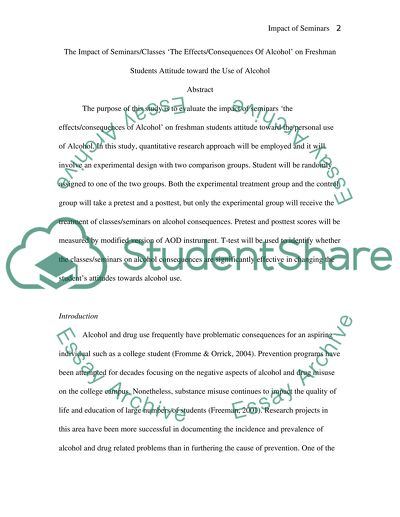Cite this document
(“The Impact of Seminars/Classes The Effects/Consequences of Alcohol on Research Proposal”, n.d.)
Retrieved from https://studentshare.org/psychology/1452500-will-seminars-or-classes-on-consequences-of
Retrieved from https://studentshare.org/psychology/1452500-will-seminars-or-classes-on-consequences-of
(The Impact of Seminars/Classes The Effects/Consequences of Alcohol on Research Proposal)
https://studentshare.org/psychology/1452500-will-seminars-or-classes-on-consequences-of.
https://studentshare.org/psychology/1452500-will-seminars-or-classes-on-consequences-of.
“The Impact of Seminars/Classes The Effects/Consequences of Alcohol on Research Proposal”, n.d. https://studentshare.org/psychology/1452500-will-seminars-or-classes-on-consequences-of.


